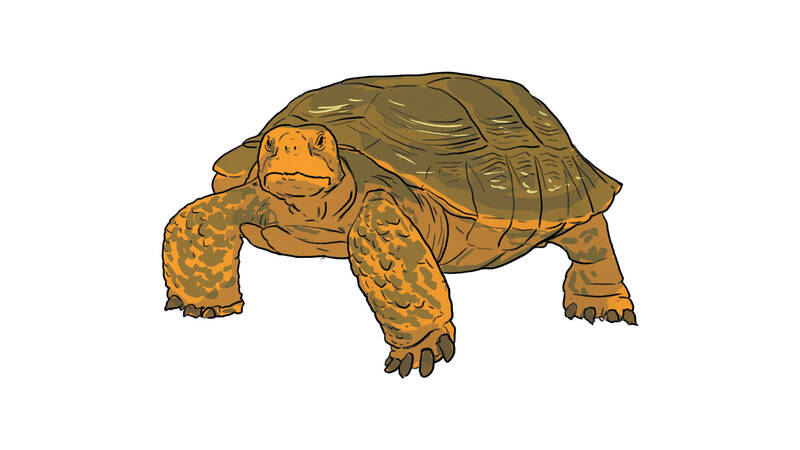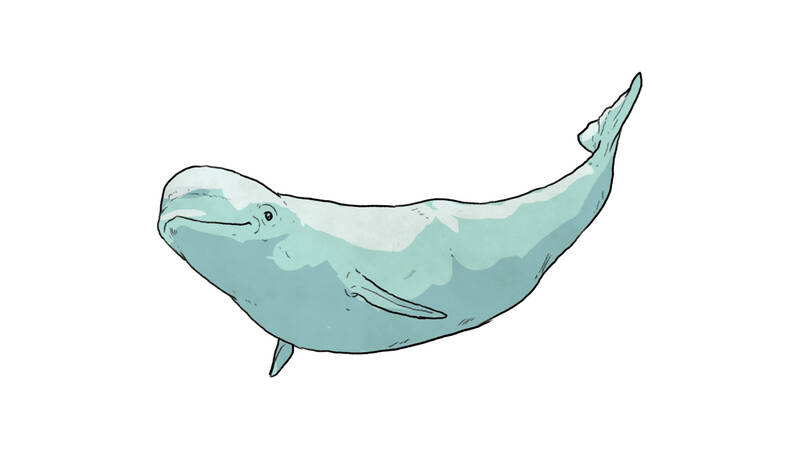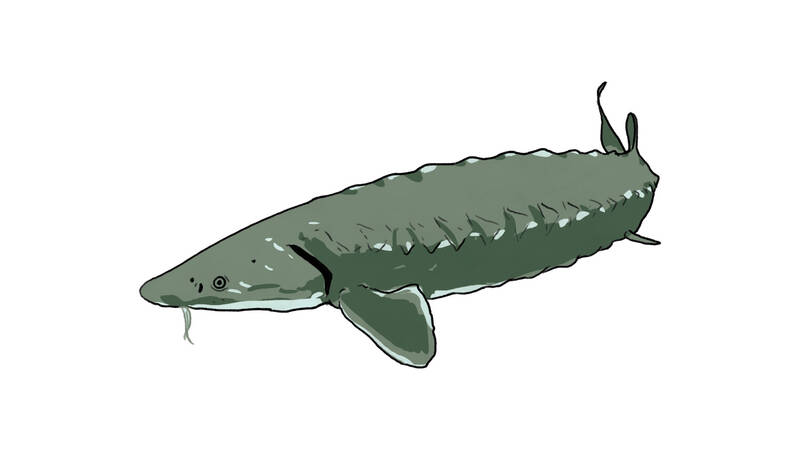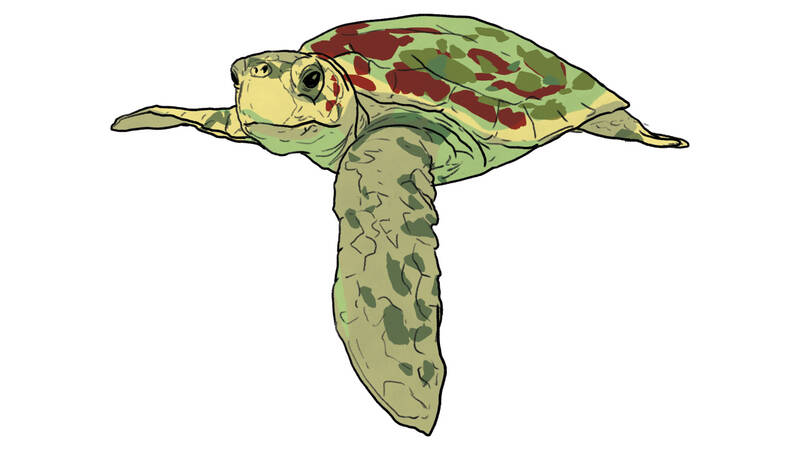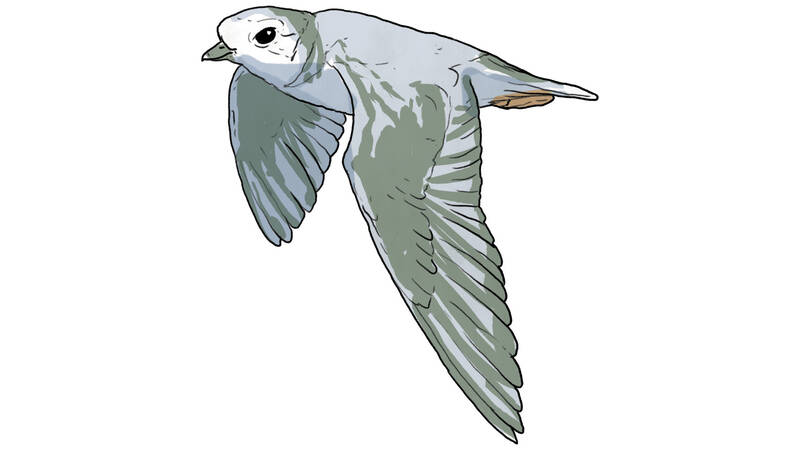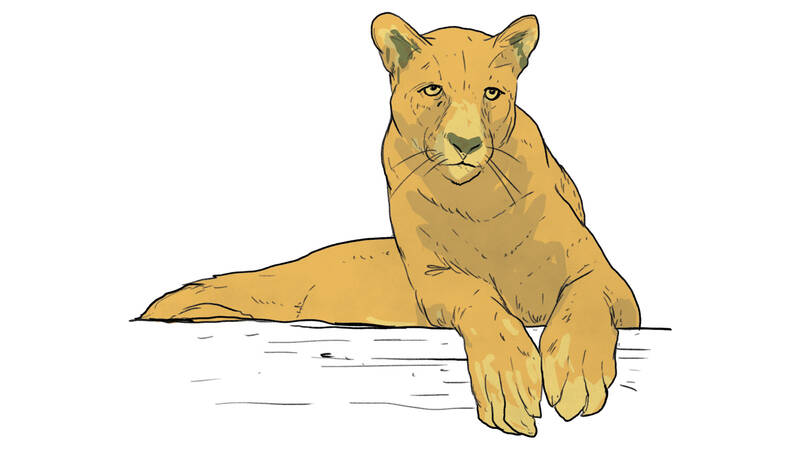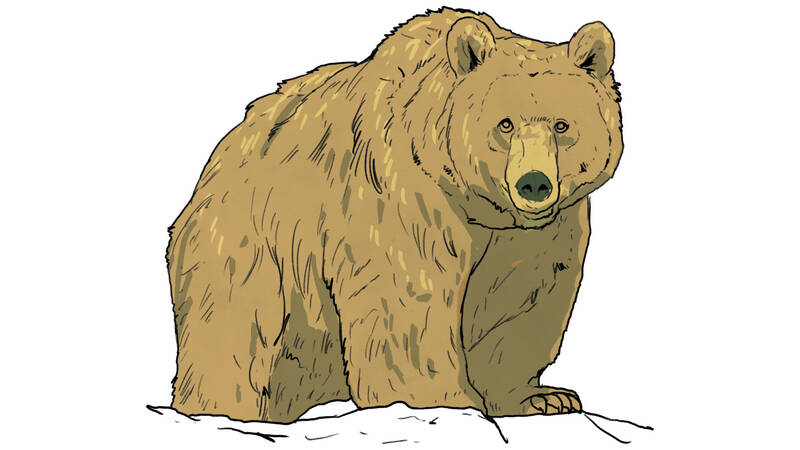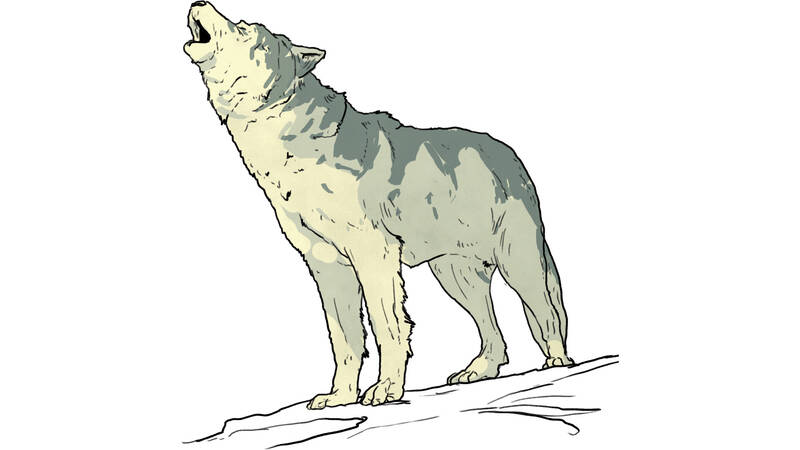Winter 2024
Legal Lifeline
Celebrating 50 years of the Endangered Species Act
This year marks the 50th anniversary of the Endangered Species Act, a law designed to safeguard the country’s most imperiled plants and animals. To date, the landmark law has helped prevent the extinction of 99% of the listed species, with over 50 — such as the bald eagle and Channel Island fox, to name two — now considered “recovered.” National parks play a vital role in this success, protecting the habitat of nearly half the 1,300-odd plants and animals currently listed as threatened or endangered in the United States and its territories. Through volunteer efforts, advocacy, litigation and education, NPCA helps ensure that the species below — and so many more — continue on the path to recovery. Learn more at esa.npca.org.
Desert Tortoise (Mojave population)
Status: Threatened
Only 5% of the soft-shelled, bite-sized young of desert tortoise survive to adulthood. Toss in habitat fragmentation and deadly run-ins with vehicles, and you’ve got a dire situation. To tip the scales in favor of this burrow-dwelling resident, NPCA has fought ill-conceived desert developments near park borders, helped replant Joshua trees in wildfire-ravaged parklands, and successfully pushed for new park designations in California and Nevada.
Beluga Whale (Cook Inlet population)
Status: Endangered
Alaska’s Lake Clark National Park and Preserve extends from the Aleutian and Alaskan mountains to the shores of Cook Inlet, where an endangered population of beluga whales swims year-round. NPCA is closely monitoring a proposed gold mine that would be located within park boundaries and, if developed, could contaminate this ghostly cetacean’s critical habitat. Learn more.
Atlantic Sturgeon (Chesapeake Bay population)
Status: Endangered
Despite its fearsome size and armored body, the Atlantic sturgeon faces long odds in the Anthropocene. Nets snag them, boats strike them, power plants suck them in, and dams and dredging disrupt their spawning and feeding. NPCA’s efforts to save this prehistoric species include pushing for policies to protect the Chesapeake Bay watershed, organizing cleanup projects and seeking habitat remediation to redress damage caused by the construction of transmission towers in Virginia’s James River, one of only 22 remaining sturgeon-spawning rivers.
Kemp’s Ridley Sea Turtle
Status: Endangered
The world’s littlest and rarest sea turtles nest in only a handful of places, including the sandy stretches of Padre Island National Seashore in Texas. The Park Service actively tracks these gentle creatures at sea and protects their nests and hatchlings on shore. Learn more.
Piping Plover (Atlantic Coast population)
Status: Threatened
Weighing about as much as a tennis ball, these petite flyers require largely undisturbed beaches to nest and fledge. Cape Hatteras National Seashore staff members have monitored plover territory in this North Carolina shorebird stronghold since 1985, managing off-road vehicle use and erecting fences to protect nests.
Florida Panther
Status: Endangered
Panthers ranged throughout much of the Southeast, from South Carolina to Texas, until overhunting brought them to the brink of extinction. In 1995, a bold recovery plan, partly funded by NPCA, rehomed eight panthers to the wilds of South Florida. Today, vehicle collisions, which kill upward of 30 cats a year, remain a prime concern, as does habitat loss, spurring NPCA to press for increased habitat protections.
Grizzly Bear (North Cascades population)
Status: Functionally extirpated
Federally endangered since 1975, grizzly bears haven’t been spotted in Washington’s North Cascades for more than 20 years. This fall, after relentless advocacy by NPCA and its allies, the National Park Service and the U.S. Fish and Wildlife Service unveiled a draft restoration plan for the keystone species, which could result in a small population of bears being released into this rugged park landscape. Learn more.
Cumberland Bean
Status: Endangered
The Cumberland bean is one of five endangered mussel species within the 125,000-acre Big South Fork National River and Recreation Area in Kentucky and Tennessee. Mussels, considered one of the most endangered groups of organisms in the United States, feed and breathe by filtering water, purifying it in the process. But what’s helpful for waterways can spell doom for these long-lived, oblong creatures as pollutants accumulate in their tissues. NPCA’s successful battle to stop surface coal mining in the headwaters of the Big South Fork supports the long-term survival of these at-risk bivalves.
Ghost Orchid
Status: Nominated
One of more than 30 orchid species found in Florida’s Big Cypress National Preserve, the ghost orchid clings to trees in the deep, dappled swamp, swapping photosynthesized sugars for nutrients via a symbiotic relationship with a fungus. For years, NPCA has decried plant poaching and habitat-destroying oil and gas exploration in the preserve, and this fall, the organization joined with coalition partners to sue the federal government for delaying the orchid’s listing under the Endangered Species Act.
Gray Wolf (Isle Royale population)
Status: Endangered
In 1948, wolves wandered across a Lake Superior ice bridge and settled at Isle Royale National Park in Michigan. Over time, the apex predators contributed to a healthier forest by preying on the island’s overabundant moose. But a deadly virus and a drop in migration from the mainland (owing to fewer ice-bridge years) eventually whittled their numbers to two. The Park Service — with decisive NPCA support — began introducing new canids to the park in 2018. The island now hosts some 30 wolves. Learn more.
ILLUSTRATIONS BY MICHAEL BYERS/LEVY CREATIVE
About the author
-
 Katherine DeGroff Associate and Online Editor
Katherine DeGroff Associate and Online EditorKatherine is the associate editor of National Parks magazine. Before joining NPCA, Katherine monitored easements at land trusts in Virginia and New Mexico, encouraged bear-aware behavior at Grand Teton National Park, and served as a naturalist for a small environmental education organization in the heart of the Colorado Rockies.
